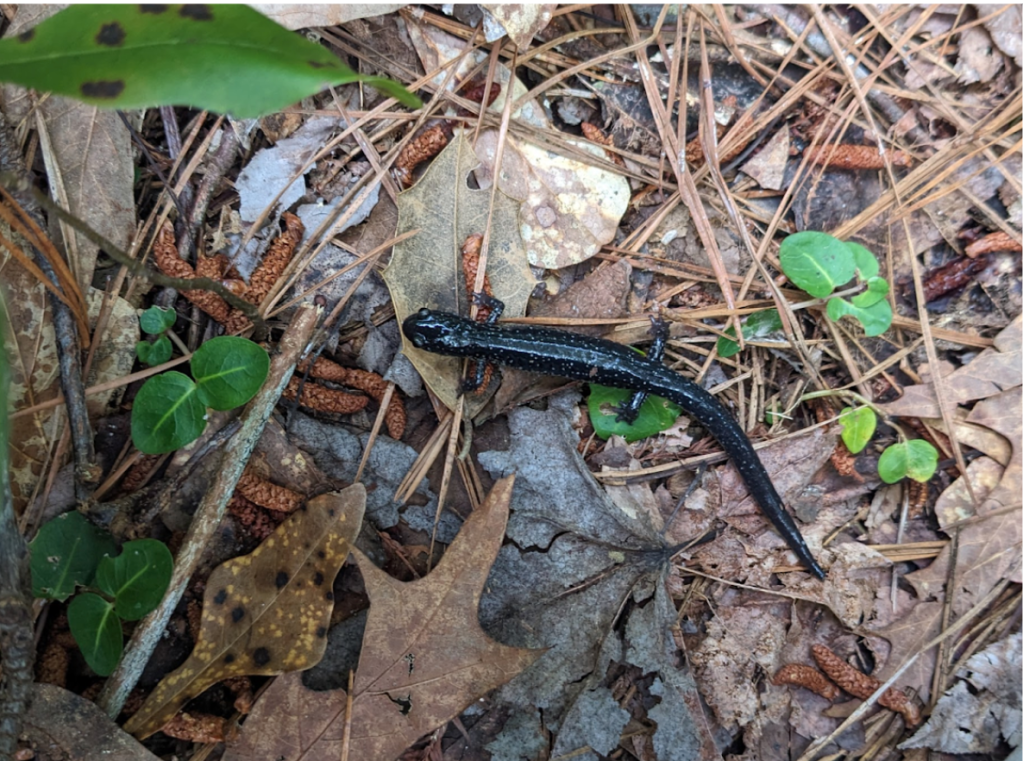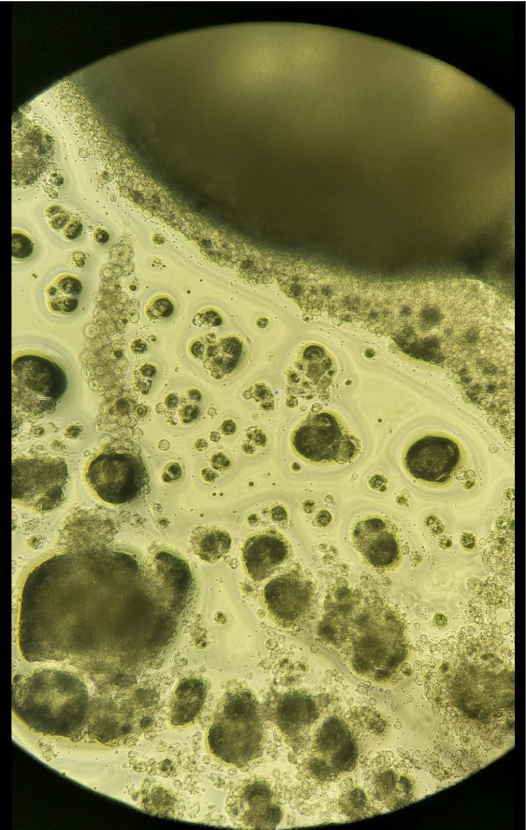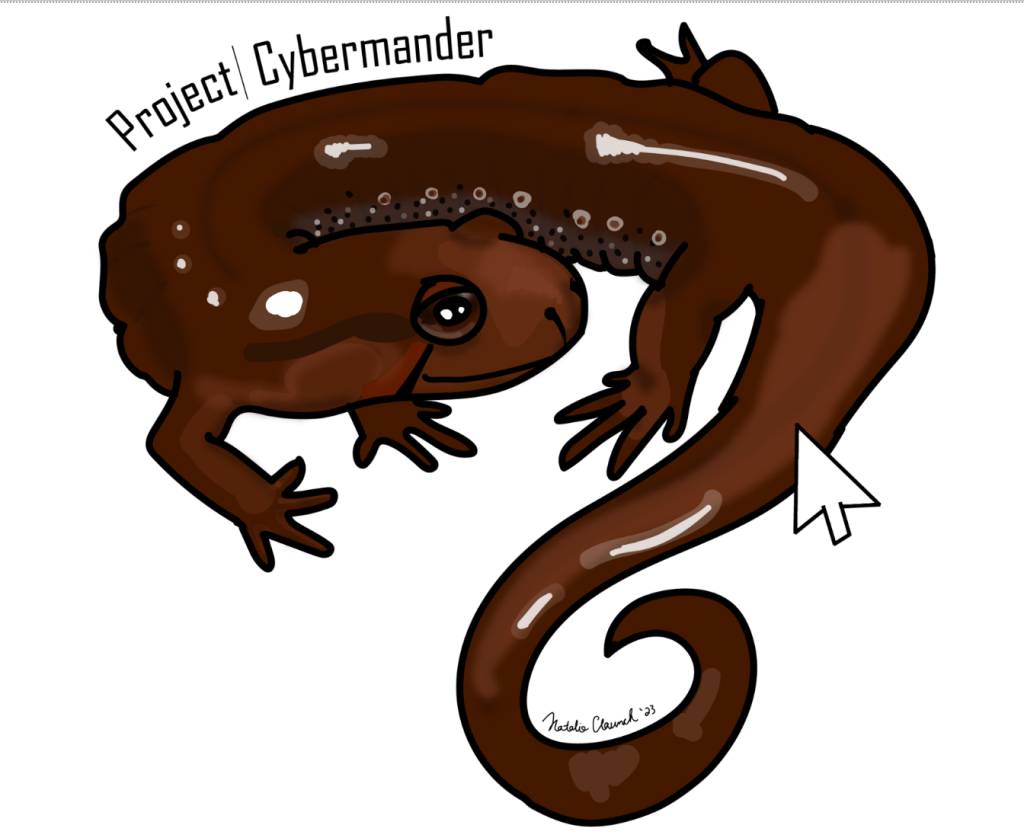Introducing: Project Cybermander!
Amphibians worldwide are at risk of disease caused by chytrid fungal pathogens, which have caused drastic declines in some species. There are two main disease-causing members of this group- Batrachochytrium dendrobatidis or Bd and Batrachochytrium salamandrivorans (also known as Bsal). While Bd is endemic to the US- that is, it is present in the US and has not been implicated in large population declines- Bsal is not yet present in the wild in the US. The potential emergence of Bsal in the USA threatens salamander populations, as the US (and specifically, the Appalachian mountains) contains the highest diversity of salamander species in the world. Many of these species belong to a family of salamanders that do not have lungs (Plethodontidae)- so they rely solely on their skin to breathe. Because these fungal pathogens attack the skin (the species name of Bsal, salamandrivorans, literally translates to “salamander-eating”), these lungless salamanders are especially at risk if infected with these chytrid fungi.

Several studies have been conducted to evaluate disease risk of Bsal in the laboratory with many species, but most are conducted at a single temperature, optimum for the growth of Bsal. These controlled experiments are important, but do not account for how salamanders may behave in the wild, when they have access to different thermal environments. Salamanders are ectotherms- meaning their body temperature changes based on their environment. Some would call this “cold-blooded”, but they are only “cold-blooded” in cold places; when they are in warmer microhabitats they are warm!

Little is known about thermoregulation habits of amphibians (how and when they decide to choose different temperatures), especially salamanders, so it is important to fill gaps in this knowledge to make disease-risk projections. This experiment aims to characterize the behaviors of salamanders that are exposed to the fungal pathogen Batrachochytrium salamandrivorans, or Bsal. This is a component of a multi-part project supported by National Science Foundation Postdoctoral Research Fellowships in Biology Program under Grant No. 2109663 to Dr. Natalie Claunch in collaboration with Dr. Ana Longo and Dr. Rob Guralnick at University of Florida. This project was conducted under approved permits and animal care and use committee protocols.
This is where we can use your help as a member of Zooniverse and as a community scientist in Project Cybermander. We have collected image data of salamander behavior in an experiment where some individuals have access to thermal gradients, and some individuals are exposed to a pathogen. Our objective, with your help, is to classify the position of salamanders in their enclosure. These data will help us understand how salamanders behave when they have access to thermal differences in their environment, and how they behave with and without thermal gradients after pathogen exposure. Then, we can apply this information to make more accurate predictions about disease susceptibility. We are so excited to have you on the Project Cybermander team!

